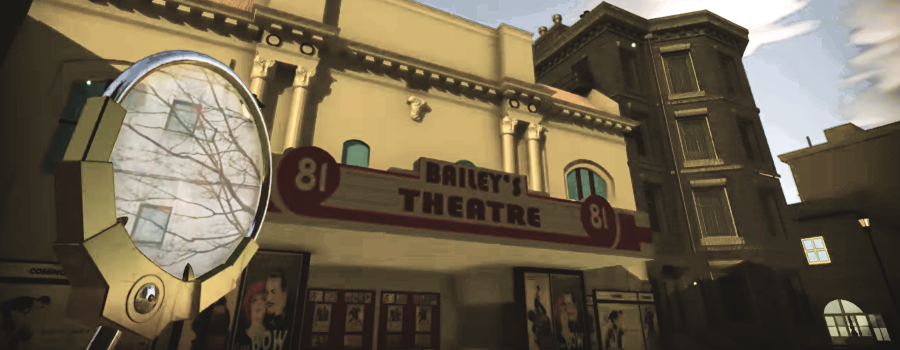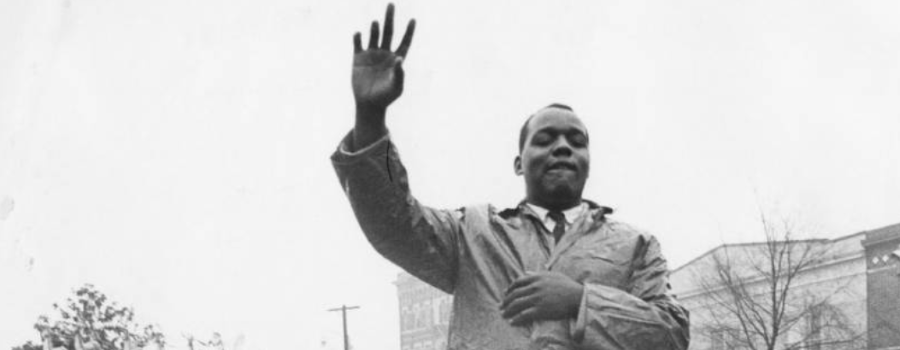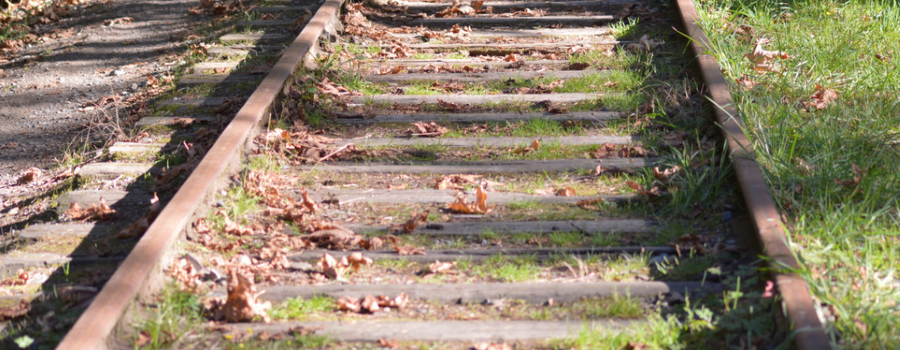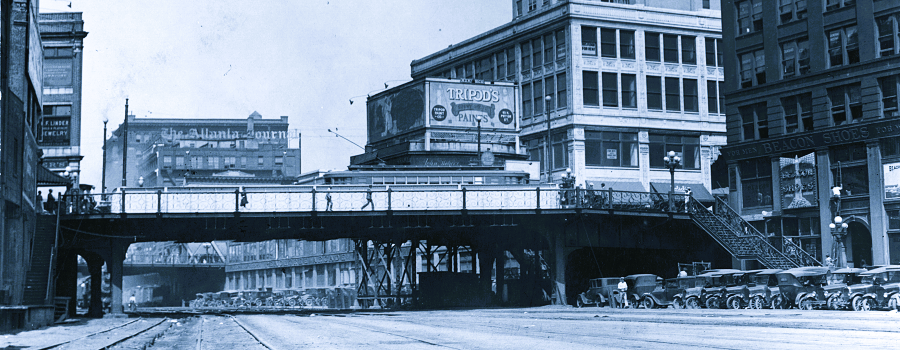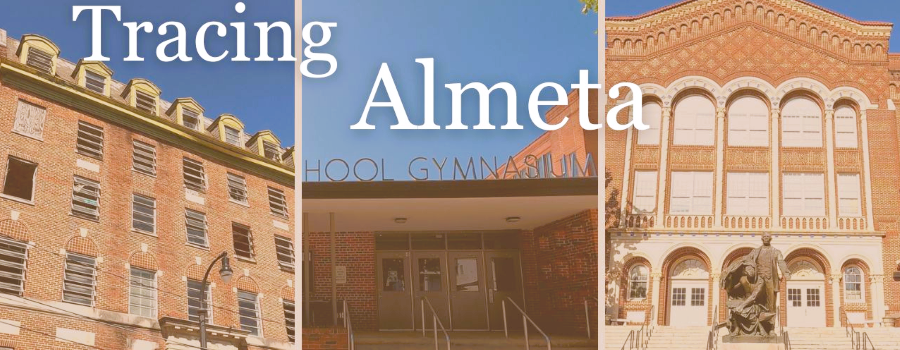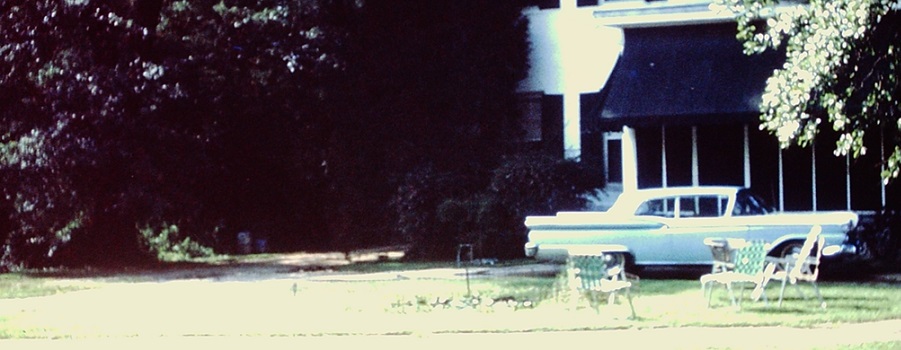
The Judge Wilson House, dating from the mid-1850s, was one of six documented antebellum houses left in Atlanta as of 2015. Contains a historical overview of the house, and the existing conditions of the exterior, interior, attic, crawl space, utilities, cemetery and grounds of the home. The purpose of this report is to provide a current assessment of the condition of the structure and to provide recommendations for needed repairs and options for future consideration.
Date created
Fall 1991
- Visit Resource
- Judge William A. Wilson House
- Creator
- GSU History 898A Conservation of Historic Building Materials students Mary Elizabeth Bostwick, Karen Daniels, Donna Fuller, Marty Goldsmith, Richard Gromek, Jim Mallory, Denise Messick, Don Spencer, Chris Stevens, and John Tullos; Faculty Advisors Tommy Jones and Richard Laub
- Format
- Category
- Arts & Culture
- Share
 Georgia State University Library
Georgia State University Library
